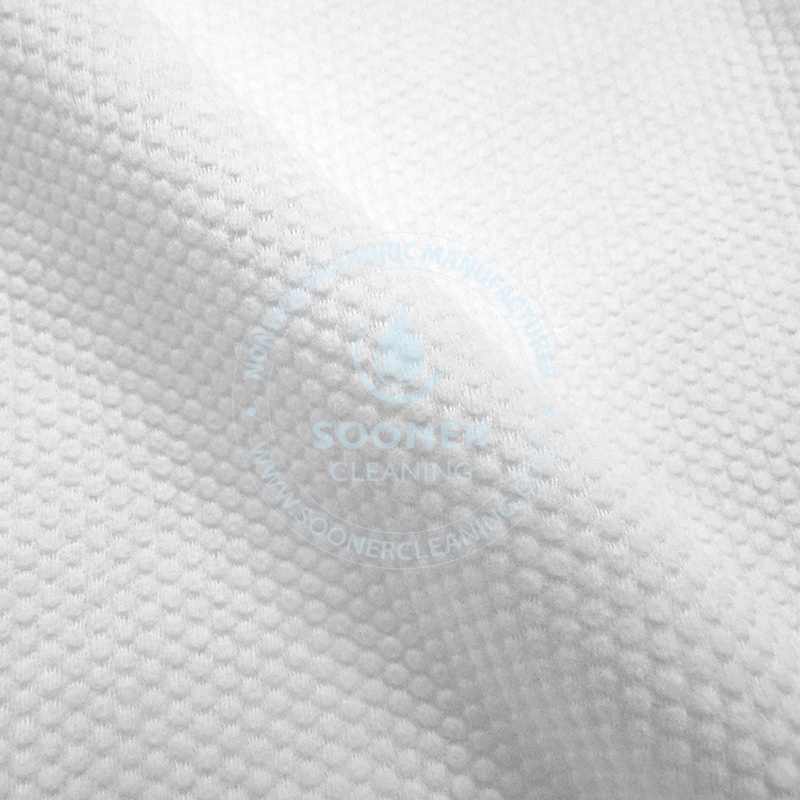As environmental awareness grows, consumers are increasingly demanding sustainability in everyday products. As an important product in the field of personal cleaning, the material and degradability of wet wipes have become the focus of attention. Traditional wet wipes are made of synthetic non-woven fabrics, which are difficult to degrade and easy to cause ‘white pollution’,
while biodegradable wet wipes are becoming a new favourite in the market due to their environmentally friendly characteristics. This article will analyse the core value of this green product from the perspectives of technical principles, environmental advantages, market trends and purchase suggestions.
I. The core technology of biodegradable wet wipes
1. Raw material innovation: from plastic to plant fibre
The non-woven fabrics of traditional wet wipes are mostly made of polypropylene (PP) and other chemical fibres, which take hundreds of years to completely degrade. Biodegradable wipes, on the other hand, are made from natural plant fibres (e.g. wood pulp, cotton fibres, lyocell fibres) or recycled cellulose fibres. These materials are sourced from sustainably managed forest plantations and can be broken down into water and carbon dioxide by microorganisms, avoiding environmental pollution.
2. Microbial degradation technology
The core of biodegradation relies on efficient microflora. For example, certain products accelerate fibre decomposition by adding specific enzymes (e.g. laccase, peroxidase), or incorporate high-temperature processes (60-70°C) to enhance degradation efficiency while killing pathogens to ensure safety.
II.environmental advantages and industry value
1. Reduce plastic pollution
Globally, more than 45 billion pieces of wet wipes are discarded every year, with chemical fibre material accounting for more than 80%, posing a threat to marine and soil ecology. The application of biodegradable wet wipes can significantly reduce the production of plastic waste and help ‘carbon neutral’ goals.
2. Resource recycling
The degraded products can be converted into organic fertiliser or returned to the natural carbon cycle, realising the closed loop of ‘from nature to nature’.
3. Policy and market driven
China's ‘14th Five-Year Plan of Action on Plastic Pollution Control’ explicitly restricts single-use plastic products and promotes the development of biodegradable alternatives. According to Euromonitor data, China's wet wipes market reached 12.6 billion yuan in 2022, with an annual growth rate of 13.4%, and the proportion of environmentally friendly products is increasing year by year.
III.the four main points of the purchase of biodegradable wet toilet wipes
Recognition of authoritative certification: check whether the product is certified by the EU, the United States or China degradation standards.
Transparency of ingredients: Prefer products labelled ‘100% plant fibre’, ‘plastic-free’ and ‘biodegradable’, and avoid chemical fibre ingredients such as polypropylene47.
Adaptation to use scenarios: Choose products with different thickness, humidity and added ingredients (e.g. probiotics, natural essential oils) according to needs, so as to strike a balance between functionality and environmental protection.
Conclusion
Biodegradable wet wipes are not only a personal cleaning upgrade, but also a symbol of green lifestyle. From technological breakthroughs to policy support, this field is witnessing a period of rapid development. Consumers, through rational purchase and use, can work together to drive the industry towards a sustainable future. In the future, with the further integration of material science and microbial technology, biodegradable wet wipes may become a benchmark product in the environmental protection industry.


